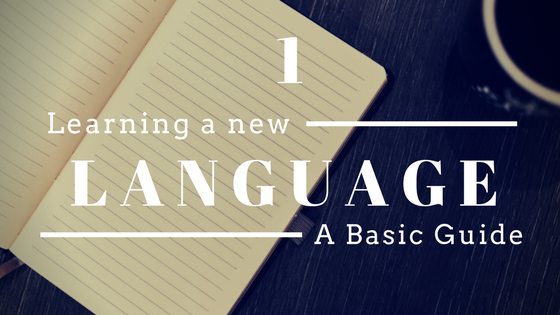.png)
Psychologists say that learning, to be effective, has to begin at an early stage of life. They say that learning ability of a child is greater than that of an adult. The process of learning a language begins at a very early stage of life as well and is aided by normally functioning hearing and brain systems. Children who lose hearing ability are unable to learn a language because they lose the auditory feedback.
There are several important brain zones involved in processing language information. The variety in these zones and their functions clearly state that language processing is a very complex task.
Adults do learn new languages though not at the same pace and with the same ease as a child. Their ability of learning may not be too efficient but it’s not completely lost.
This post will help you understand what you need to know about the learning mechanisms of human brain before diving into the task of learning a new language.
What is Learning
Learning is the trans-formative process of internalizing information and mixing it with past experiences and change what we know. It’s based on input, process, and reflection. It is what changes us. It is a relatively permanent change in our knowledge and behaviour
Why adults may have a hard time learning a new language
Studies comparing the language learning ability of children and adults showed that the brains of infants are more flexible and learn equally by listening and visual coding hence learning for them is easier. With time this ability dramatically decreases and makes it harder for adults to pick up new words.
The maturation of the infant brain is accompanied by higher speed of neuronal communications to boost the data transfer rates which limits cognitive functions and decreases the flexibility of the brain. As a consequence, with time it becomes increasingly harder for a growing adult to learn new languages.


Some adults may learn faster
Differences in specific brain regions can predict the capacity of a person to learn a second language i.e. size of the auditory cortex can predict phonetic learning capacity. Such structural variations can seriously influence our learning curve.
Language Acquisition and Language Learning
Language acquisition is a long-term process by which information is stored in the brain unconsciously making it apt for oral and written usage.
Language learning is a conscious process of knowledge acquisition that needs supervision and control by the person.
Native and second language brain zones
Activated brain parts are different between native and non-native speakers. The superior temporal gyrus is an important brain region involved in language learning. For a native speaker this part is responsible for automated processing of verbal recovery for building the phrase structure. In native speakers this zone is much more activated than in non-native ones.
A native user of a language barely uses conscious processes to communicate making the expression of ideas fluent and coherent. On the other hand, to produce a phrase in a foreign language the unconscious process is triggered first and then the conscious mechanisms are used to correct and adapt the sentence.
Congratulations @aroobahaq! You have completed some achievement on Steemit and have been rewarded with new badge(s) :
Click on any badge to view your own Board of Honor on SteemitBoard.
For more information about SteemitBoard, click here
If you no longer want to receive notifications, reply to this comment with the word
STOPDo not miss the last announcement from @steemitboard!
Downvoting a post can decrease pending rewards and make it less visible. Common reasons:
Submit